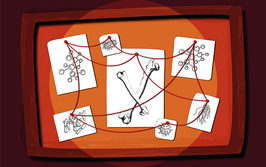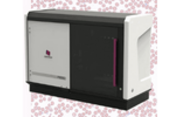Trends and outlook for clinical diagnostics testing

contributed by Sciex |
Results from a global survey of diagnostics laboratories
Summary
Clinical diagnostic tests have traditionally involved antibody-based recognition of proteins or disease markers, but these immunoassays are prone to both false negative and false positive results, and cannot detect numerous disease markers in one test. In recent years there has been growing interest in using more accurate, efficient and reliable technologies such as mass spectrometry. Despite the important scientific advantages of such technologies, many clinical diagnostics scientists have continued to use traditional immunoassays, due to perceived barriers such as the need for investment and expertise in mass spectrometry (MS) technologies. This report describes the results of a recent independent survey of clinical diagnostics scientists worldwide. The survey explored respondents’ current diagnostic assays, instrument and reagent usage; conference attendance; purchasing behaviours and future technology needs. Key findings from the survey showed that the majority of respondents still use immunoassay-based diagnostics and around one third use liquid chromatography with tandem mass spectrometry (LC-MS/MS). There was broad awareness of MS techniques, with a greater proportion intending to purchase MS platforms rather than immunoanalyzers over the next 12 months. However, the majority of respondents said they did not fully understand the concepts or have expert knowledge of MS technologies, despite using these technologies in their labs. Therefore there is an urgent need for improved understanding of MS in clinical labs, so that more scientists can adopt these technologies for more accurate and confident diagnostics.
Log in or register to read this article in full and gain access to The Pathologist’s entire content archive. It’s FREE!




















